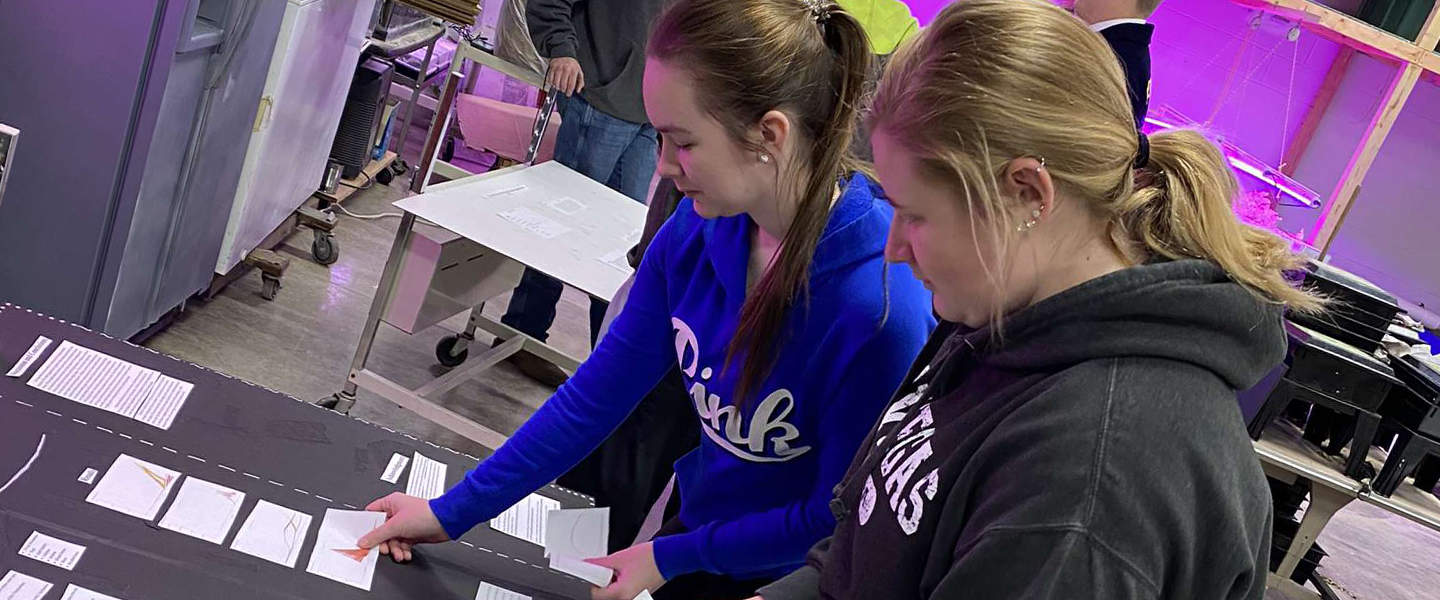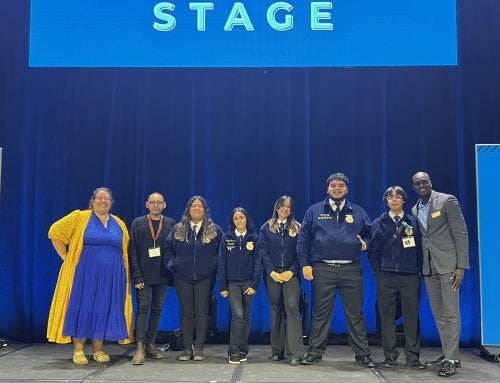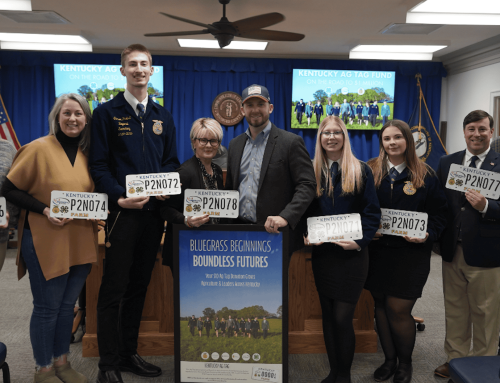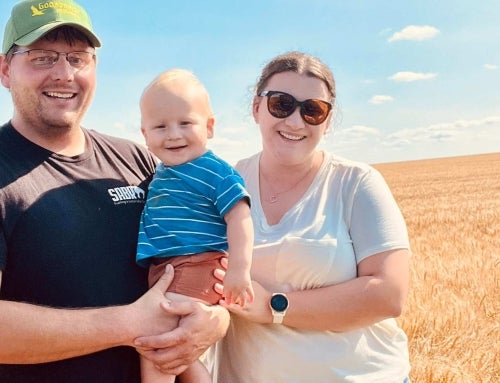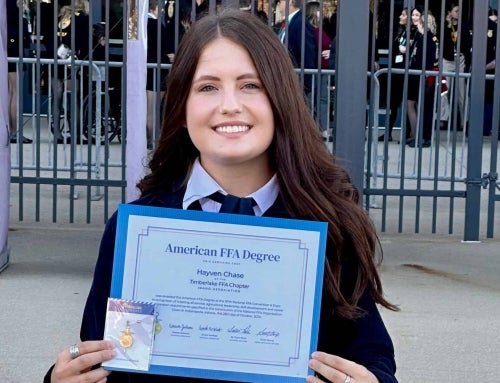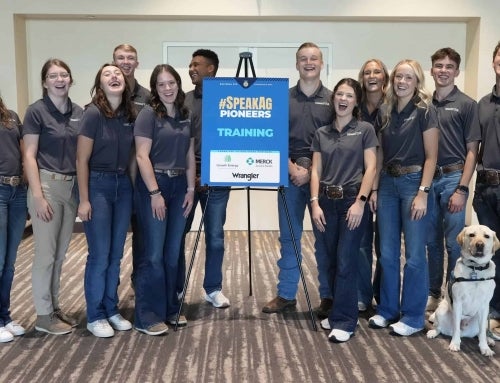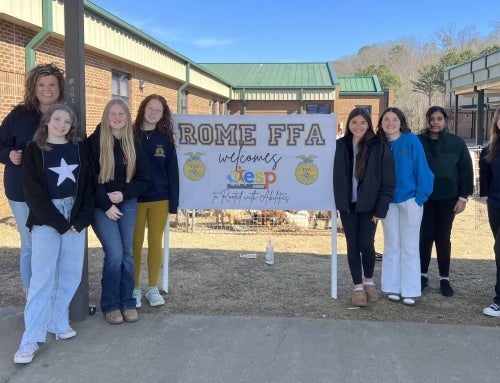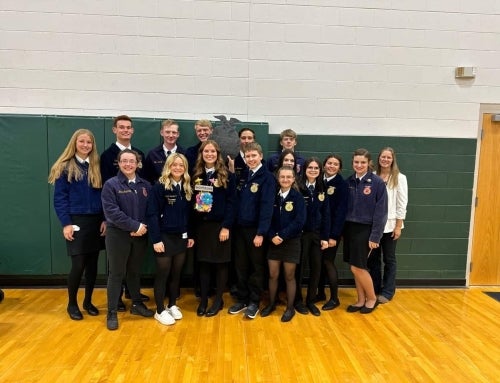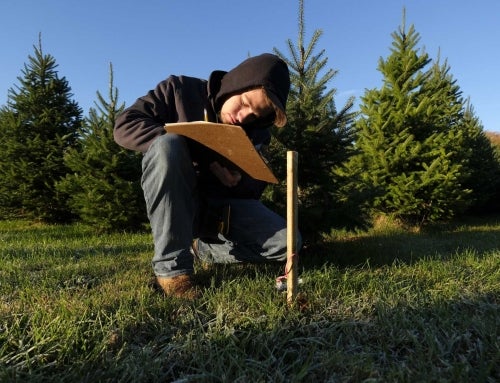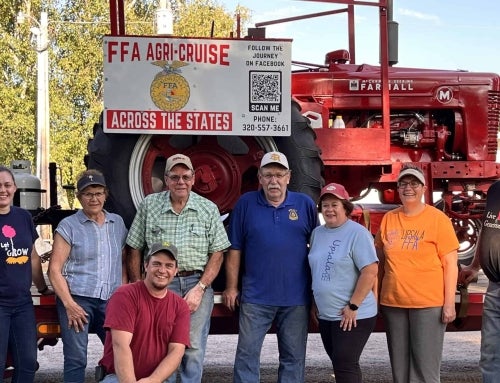While seniors at Norfolk Senior High School, McKenzie Milligan and Karen Volquardsen used their natural resources class for inspiration when brainstorming ideas for their FFA agriscience fair project.
After a tour of an ethanol plant near their Norfolk, Neb., hometown, the class created ethanol from corn in the classroom. From there, Milligan and Volquardsen experimented with making ethanol using different raw materials.
“All you need to make ethanol is yeast and glucose,” explains Volquardsen. “If we could figure out how to make ethanol from a waste product, corn could be used for other things.”
The Norfolk FFA Chapter had just finished pressing leftover apples from the group’s annual fruit sale into juice, and Milligan and Volquardsen thought they could transform the apple waste into renewable fuel.
Combining leftover apple peels with enzymes like cellulase and amylase turned out to be the right recipe to produce ethanol — but it took a lot of trial and error to get the process to work just right.
The pair had never used ethanol sensors before, and the two struggled to get the temperature just right for the chemical reaction to work. With patience and persistence, Milligan and Volquardsen turned fruit into fuel.
“There were so many things that could have gone wrong but they were excited about it and kept at it,” says Jonathan Anderson, FFA advisor and agriculture education teacher. “It was a good lesson that everything we do can have a science experiment tied to it.”
Anderson credits the team who led the tour of the ethanol plant for sparking the pair’s interest. “The support from the industry for women in science was really encouraging,” he says.
The agriscience fair judges were also supportive. The Apple Pomace Ethanol Production experiment earned perfect scores and first-place honors at the district and state agriscience fairs. Milligan and Volquardsen also took second place in the Power, Structural and Technical Systems category at the 2020 National FFA Agriscience Fair.
Although Milligan and Volquardsen believe there is enormous potential to make ethanol from food waste, Milligan admits the commercial potential for ethanol not made from corn is limited – at least for now.
“It would be cool to see it being used in the industry, but they have a system of using corn,” she says. “It’s harder for them to change because production is on a much larger scale.”
Even so, Volquardsen, who’s now majoring in animal science agribusiness at Northeast Community College, would like to see the research continue, adding, “It’d be interesting to see what different kinds of crops could be used to make ethanol.”

